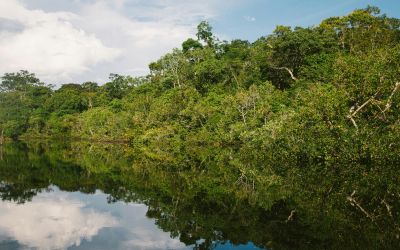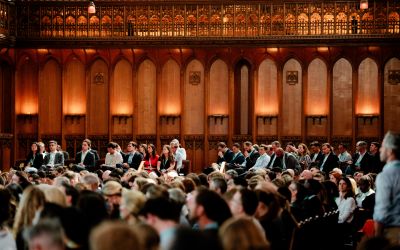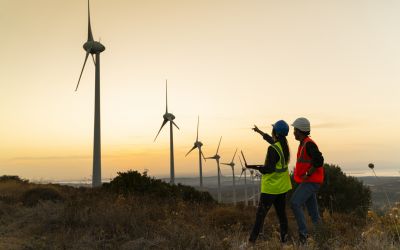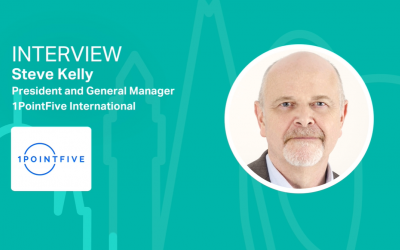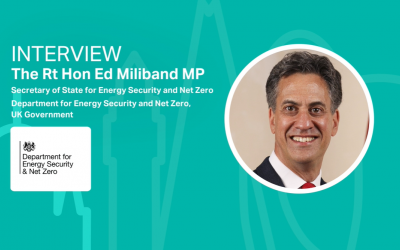Swiss team build first solar-powered plane in lead up to Paris Summit
The Solar Impulse 2 (Si2) has taken 12 years to build with innovative technologies perfecting the successful product
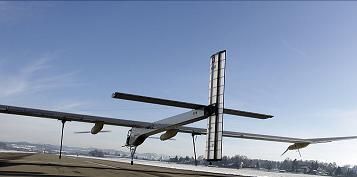
The single-seater Solar Impulse 2 (Si2) is made from carbon fibre and contains almost 17,250 solar cells built in to the four electric motors with the intention of reaching a successful deal at COP21.
The Solar Impulse 2 (Si2, pictured right) took its 35,000km flight from Abu Dhabi and was set to land in Oman for a pilot change.
The flight then continued its journey to India, China, Myanmar, Hawaii and the continental US after crossing the Atlantic stopping over in Southern Europe or North Africa before returning to the UAE.
Not only are the seats made from carbon fibre and the electric motors contain 17, 250 solar cells but Si2 also has a 72 metre wingspan which is larger than that of the Boeing 747 but weighs just 2,300 kilograms, making it just as heavy as a car.
The solar cells can recharge the 633kg lithium batteries during the day, which allow the aircraft to fly at night. The cells only emit 3 per cent of their energy through heat in comparison to conventional engines.
Solar Impulse Chairman Bertrand Piccard said: "We are demonstrating that we can achieve impossible things with renewable energies and clean technologies".
The five month round the world journey is broken up into 12 legs.
The team expects the journey to comprise of around 25 flight days during which Si2 will travel at speeds of between 50 and 100 kilometres per hour which is equivalent to 31mph to 62mph.
The flying will be shared by pilots Bertrand Piccard and André Borschberg.
Ahead of today's departure, Piccard and Borschberg launched the #FutureIsClean initiative, designed with Google, which aims to highlight the potential for clean technologies ahead of the UN climate summit in Paris later in December this year.
The target is to establish the largest petition ever created to call on governments to implement the necessary technological solutions to tackle climate change.
In a joint statement Piccard and Borschberg said: "Only a significant support will push governments to replace old polluting technologies with clean and efficient technologies. This is what we want to create throughout our solar powered Round-The-World Flight”.
They added: "If there are technological solutions to fly a plane day and night without fuel, imagine the potential of these technologies in our daily lives, to achieve energy savings and reduce CO2 emissions. This would help create jobs, develop new industrial markets while also protecting the environment".
Borschberg expresses opportunities to create energy efficient kitchen appliances as well as many other products, "With these technologies we can cope with a major part of the challenge we are facing today in terms of energy, environment, pollution, natural resources and so on”.

